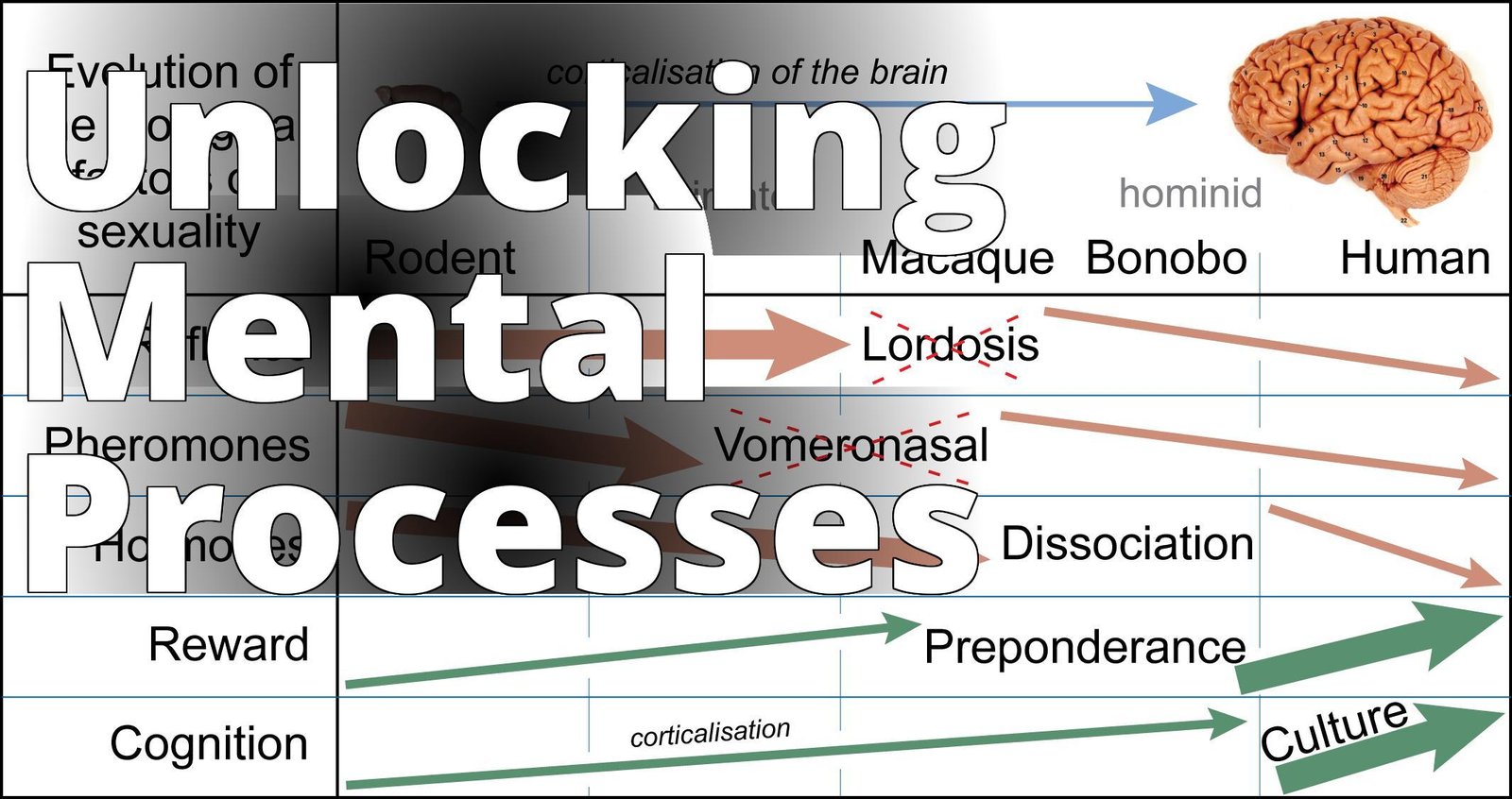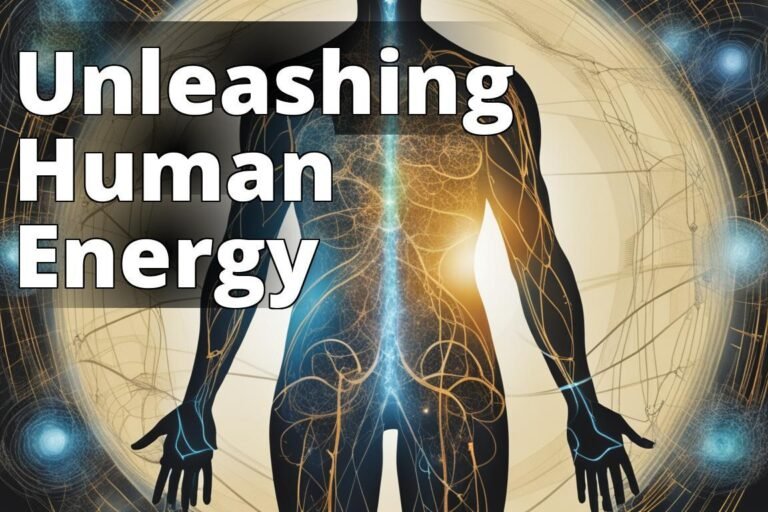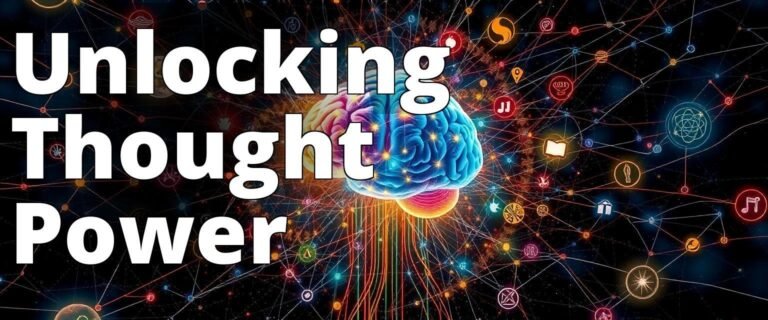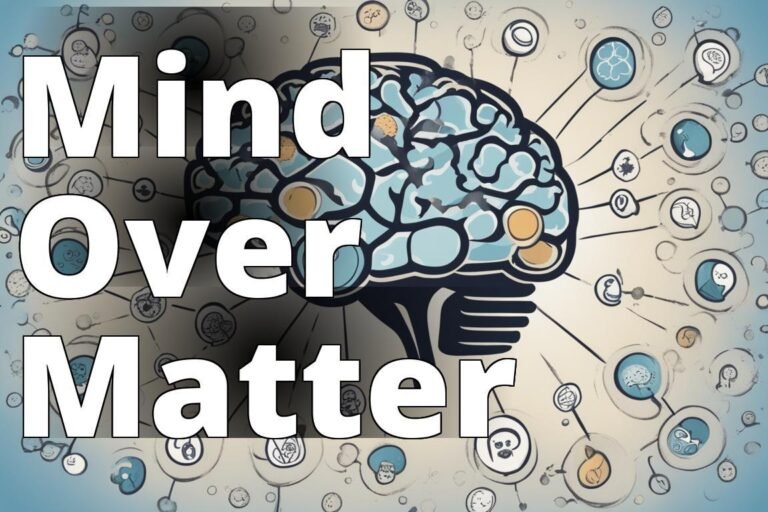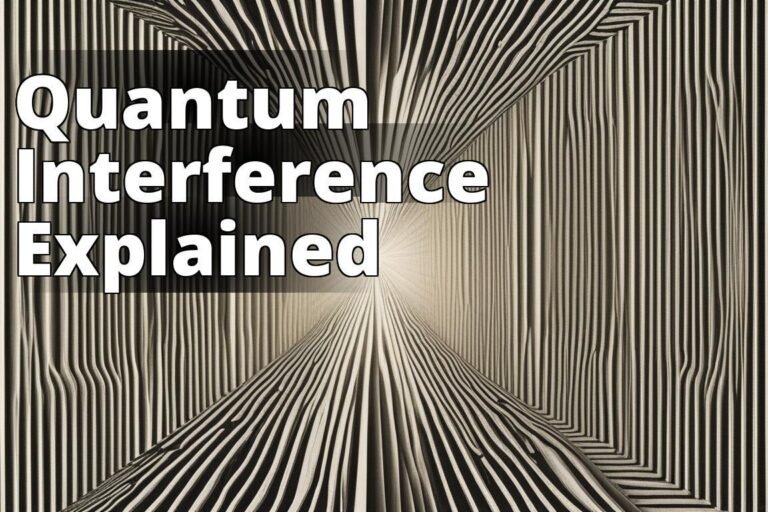How the Mind Works
The mind is an enigma, a complex labyrinth of thoughts, emotions, and perceptions that define the essence of human existence. It’s a topic that has fascinated scholars, scientists, and philosophers for centuries, yet it remains one of the most mysterious and misunderstood aspects of human nature. The mind is not just a set of cognitive faculties; it is the canvas on which our perceptions of the world are painted, the lens through which we interpret reality. It’s about time we delve deeply into understanding this intricate entity, challenging the conventional boundaries of knowledge to unravel the fabric of our consciousness.
What You Will Learn About How the Mind Works
- The mind encompasses consciousness, perception, thinking, judgment, language, and memory.
- The mind functions in thinking, feeling, and wanting.
- Different states, levels, types, and parts of the mind are explored.
What is the mind?
At its core, the mind is the epicenter of cognitive faculties including consciousness, imagination, perception, thinking, judgement, language, and memory. It’s a powerhouse of imagination, recognition, and appreciation, responsible for processing our deepest feelings and emotions, which in turn shape our attitudes and actions. But to understand the mind, we must go beyond its functional overview and explore the nuances that make it the extraordinary phenomenon it is.
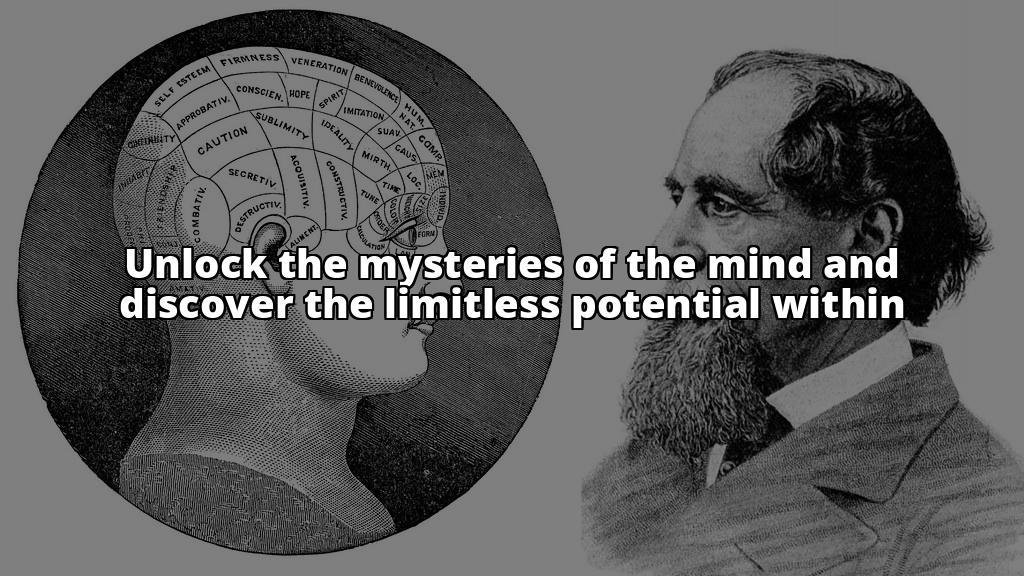
The concept of the mind is often conflated with the brain, yet the two are distinct. The brain is the physical organ, a tangible entity, whereas the mind is intangible, an abstract construct that signifies the collective capabilities and experiences of an individual. It’s a mistake to think of the mind as merely a product of neural activities; it’s an amalgamation of our consciousness, experiences, and the inherent human traits that have evolved over millennia.
What are the functions of the mind?
Thinking
Thinking encompasses a wide array of cognitive activities including perception, problem solving, decision making, language, memory, and imagination. It’s the cornerstone of human intelligence, enabling us to navigate the complexities of the world around us. But thinking is more than just a mechanical process; it’s an art form, a creative endeavor that defines our very humanity.
Feeling
Feeling, or the emotional aspect of the mind, is just as critical as thinking. It includes the entire spectrum of human emotions, from joy and happiness to sadness, anger, and fear. These emotions are not just passive experiences; they are powerful forces that influence our decisions, shape our relationships, and define our experiences of the world.
Wanting
Wanting, or the motivational aspect of the mind, encompasses our desires, aspirations, and motives. It’s the driving force behind our actions, the spark that ignites our passions and propels us towards our goals. Without wanting, there would be no ambition, no motivation, no progress.
The Different States of Mind
The mind is not a static entity; it fluctuates between different states such as sleepiness, brightness, concentration, and distraction. Each state has its own characteristics and impacts our cognitive functions in unique ways.
- Sleepiness is a state of near-sleep, a liminal phase where our cognitive functions are dulled, and our awareness of the world fades.
- Brightness signifies a state of being awake and alert, where our cognitive faculties are at their peak.
- Concentration represents a focused attention, a state where our minds are intently focused on a specific task or idea.
- Distraction, on the other hand, signifies a lack of focus, where our minds wander aimlessly, unable to concentrate on the task at hand.
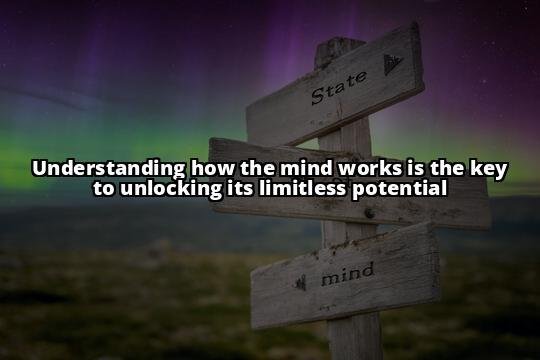
Understanding through Categorization
Humans have an innate need to categorize and put things into perspective to comprehend the world around them. This tendency is not just a cognitive quirk; it’s a survival mechanism, a trait that has evolved through millennia. Categorization helps us make sense of the complex reality, breaking down the vast array of stimuli into manageable chunks that we can understand and respond to.
Consider the fascinating case of the color blue. For the longest time in human history, the color blue did not exist, at least not in the way we understand it today. Ancient languages didn’t have a word for blue, and there is evidence to suggest that our ancestors actually couldn’t see it as a distinct color. It wasn’t until the development of blue dyes and the cultural evolution that followed, that the concept of blue as a distinct color emerged. This phenomenon is a testament to the mind’s ability to adapt and evolve, to categorize the world in new and complex ways.

This tendency to categorize and understand through perspective is also why some people believe in the paranormal. Just as we fail to see our car keys when they’re right in front of us because our mind is not focused on them, some believe that the paranormal exists just beyond the periphery of our conventional perceptions. It’s a fascinating area of study, with research both supporting and opposing the existence of ghosts and spirits. For instance, a study published in the Journal of Parapsychology explored the experiences of individuals who claimed to have encountered ghosts, analyzing their accounts through the lens of psychological and environmental factors.
Reference to the study on ghosts and spirits
Conclusion
The mind is a marvel of evolution, a complex network of cognitive faculties that defines our consciousness and our understanding of the world. From the basic functions of thinking, feeling, and wanting to the nuanced states of sleepiness, brightness, concentration, and distraction, the mind encompasses the entirety of human experience. The phenomena of categorization and perspective-taking, exemplified by the curious case of the color blue and beliefs in the paranormal, highlight the mind’s incredible capacity to adapt and evolve. Understanding how the mind works is not just an academic endeavor; it’s a journey into the heart of what it means to be human, a quest to unravel the mysteries of our existence.
Common Questions
Who studies how the mind works in psychology?
Psychologists study how the mind works in psychology.
What factors influence how the mind works?
Genetics, environment, experiences, and emotions influence how the mind works.
How can one improve their understanding of how the mind works?
By studying cognitive processes, emotions, and behaviors in psychology.
Who benefits from understanding how the mind works?
Anyone interested in improving mental health and well-being.
What is the objection to studying how the mind works?
Some may find it daunting due to the complexity of the human mind.
How does psychology explore how the mind works?
Through research, experiments, observations, and clinical studies.

